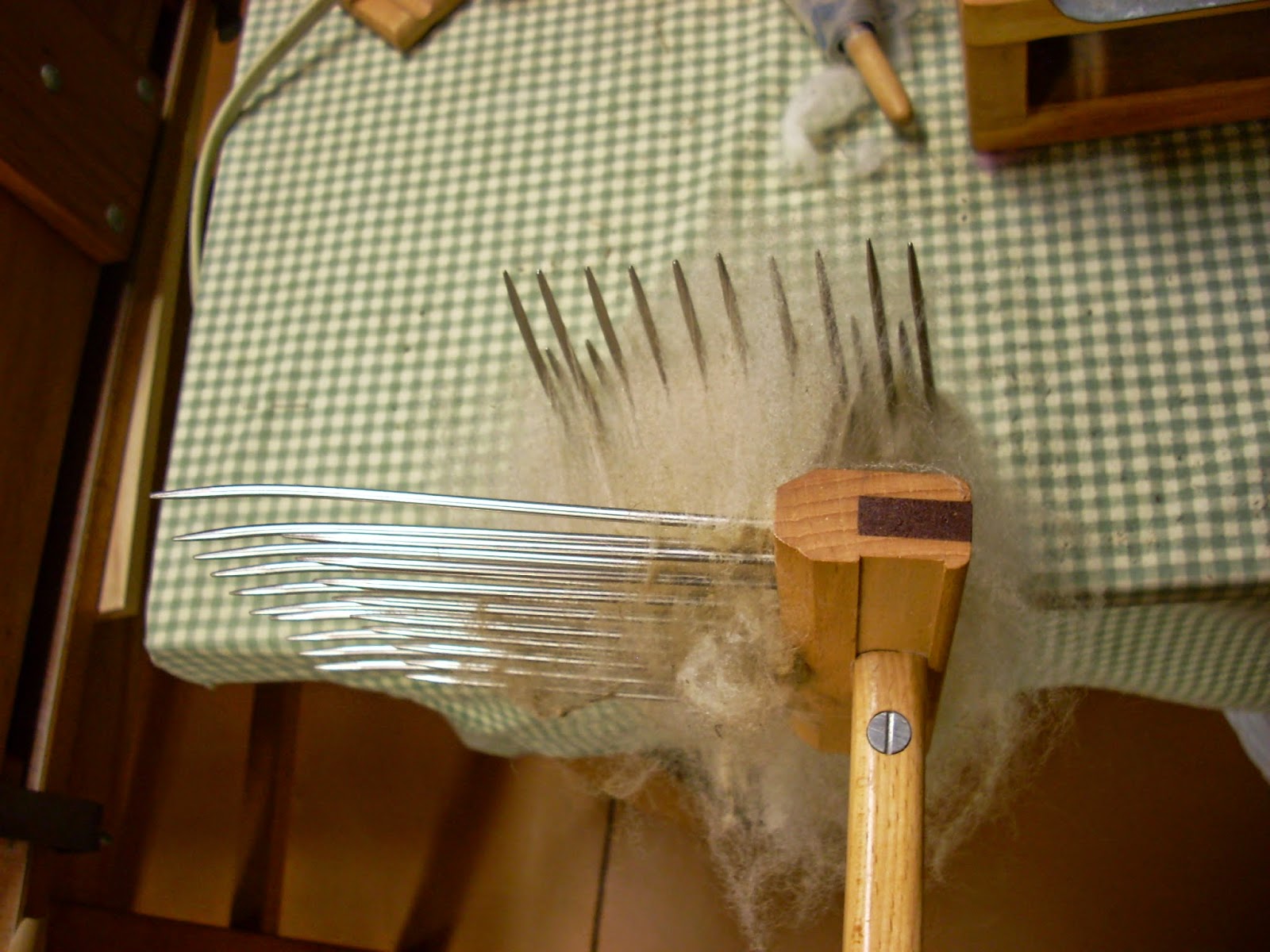 As usual, it was fairly challenging to get ready for the Fryeburg on the heels of Common Ground Fair …production of kits (print instructions, draw, assemble, and count). ....organizing and loading the trailer went well with 4 of us
working on it. We were ready to roll mid
afternoon on Thursday including Diva and Delilah in the back of the new
truck. It was late evening and dark when we had finally unloaded onto the porch of
the Fiber building at the fair and tucked the lambs in for the night. Mary Ann and
Julie headed home and Torey and I went to sleep in the trailer.
As usual, it was fairly challenging to get ready for the Fryeburg on the heels of Common Ground Fair …production of kits (print instructions, draw, assemble, and count). ....organizing and loading the trailer went well with 4 of us
working on it. We were ready to roll mid
afternoon on Thursday including Diva and Delilah in the back of the new
truck. It was late evening and dark when we had finally unloaded onto the porch of
the Fiber building at the fair and tucked the lambs in for the night. Mary Ann and
Julie headed home and Torey and I went to sleep in the trailer.
Friday was beautiful weather. Torey was in charge of sales and the I-pad. She made special Halloween designs for the kids to needle felt..a ghost, pumpkin,
and bats.
We featured some new Holiday Ornaments, cut outs of a sheep, Santa panda
and a Christmas tree, complete with a ribbon for hanging on the tree. Great stocking stuffers.
Five kids promptly and
excitedly chose their colors and made their own Halloween decorations. It was a hit!
Marty set about dying roving for Thyme Tiles
using the camp stove, crockpots and Cushings dyes.
Angel's yarn
was pre- mordented with alum and cream of tarter then dyed with goldenrod,
onion skins, marigolds, and amaraynth for some deep yellows. Half barrels held natural dyed yarns with indigo, onion
skins, marigolds, and amaraynth. Brazil wood
turned out a lovely deep orange. I found
out later that crushed tums (calcium carbonate) would make it redder. I will try it soon.
Two scarves went into the pots…one with royal blue over gray, red
and peacock. The other Brazilwood over
off white and pink, yellow, and blue stripes.
Silk went into the pots also.
 Knitted items for sale included Priscilla’s linen stitch
hat, cowl, and fingerless mitts, two lovely shawlette’s made by Cheryl, and
more. Kits for knitting include the
infamous angora lined hats and Cheryl’s felted slippers and kits.
Knitted items for sale included Priscilla’s linen stitch
hat, cowl, and fingerless mitts, two lovely shawlette’s made by Cheryl, and
more. Kits for knitting include the
infamous angora lined hats and Cheryl’s felted slippers and kits.
Marty's Marvelous Mix of 3 skeins of color coordinated yarn with a free pattern are new.
Friday night was wandering about, food, rabbits, alpaca,
llamas, and gypsy wagons ending with grand fireworks.
Saturday was a
drizzling rain most all day. Sales were
still good, and dyeing went well. By the end of the day the freshly dyed roving was piled high on the table on the porch.
Our next show will be in Massachusetts at the New England Fiber Festival.

















.jpg)
.jpg)
.jpg)













